‘There’s no money in coffee any more’: Guatemalans driven to US migration
The industry used to provide a way out of poverty in the Central American country. But as prices fall, growers are abandoning their farms. Kevin Sieff reports
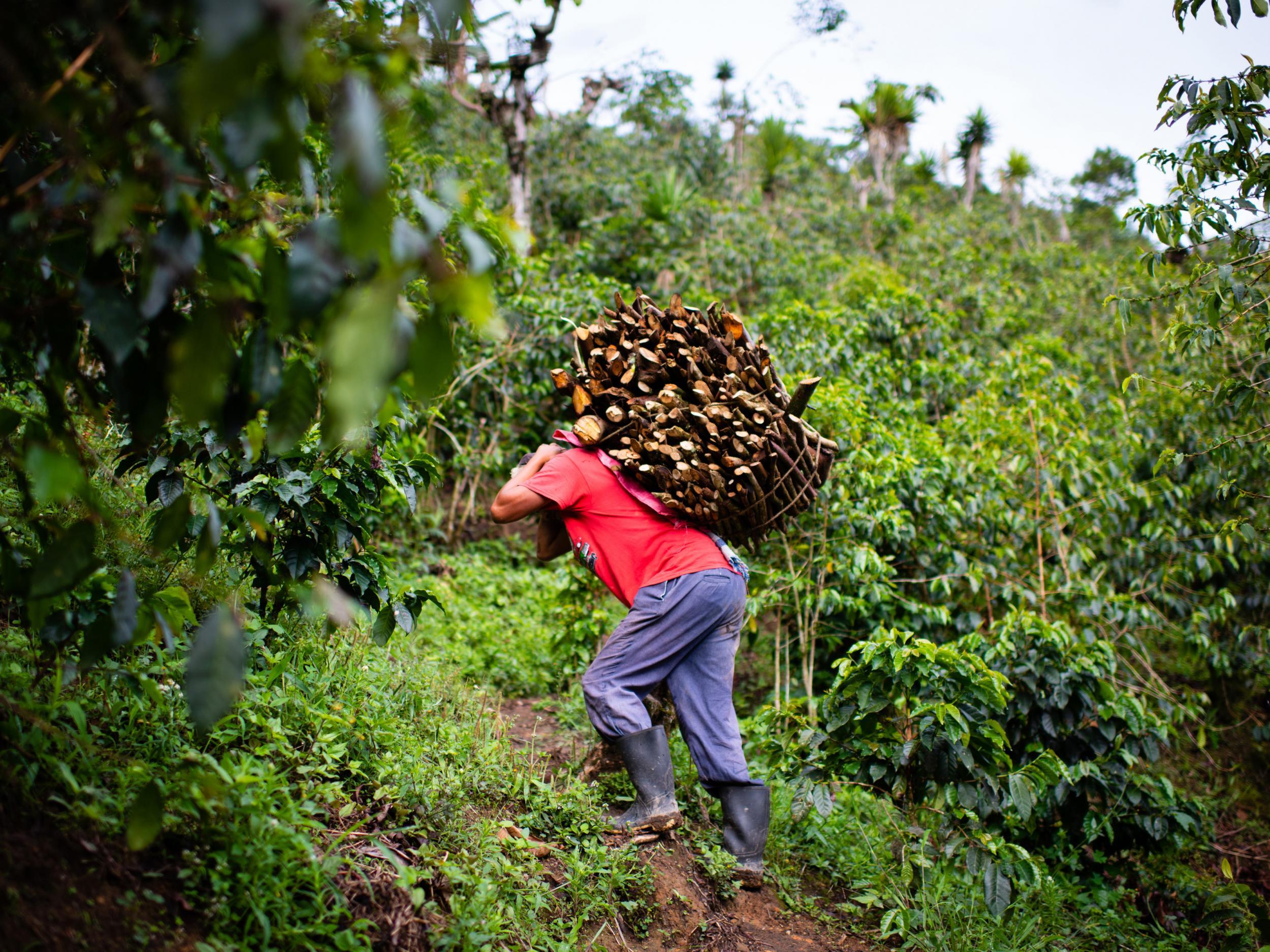
Your support helps us to tell the story
From reproductive rights to climate change to Big Tech, The Independent is on the ground when the story is developing. Whether it's investigating the financials of Elon Musk's pro-Trump PAC or producing our latest documentary, 'The A Word', which shines a light on the American women fighting for reproductive rights, we know how important it is to parse out the facts from the messaging.
At such a critical moment in US history, we need reporters on the ground. Your donation allows us to keep sending journalists to speak to both sides of the story.
The Independent is trusted by Americans across the entire political spectrum. And unlike many other quality news outlets, we choose not to lock Americans out of our reporting and analysis with paywalls. We believe quality journalism should be available to everyone, paid for by those who can afford it.
Your support makes all the difference.From his wooden hut in the foothills of the Sierra Madre, Rodrigo Carrillo can see the product of his life savings: a vast green sea of coffee plants, sprouting red berries like tiny Christmas ornaments. Those plants once seemed like a life-changing investment. Carrillo joined a cooperative that sells beans to Starbucks and several certified fair-trade organisations.
In Guatemala’s fertile highlands, there was no faster way out of poverty than to supply American coffee drinkers. But in recent years, the price of coffee has crashed, leaving Carrillo, 48, with a choice to make.
He pulls out a wrinkled map of the US-Mexico border and points to the spot on the edge of Arizona where he plans to cross with his five-year-old son. “I’m leaving in 11 days,” he says. “There’s no money in coffee any more.”
Guatemala is now the single largest source of migrants attempting to enter the United States – more than 211,000 were apprehended at the southwest border in the eight months from October to May. Here in western Guatemala, one of the biggest factors in that surge is the falling price of coffee, from $2.20 per pound in 2015 to a low this year of 86 cents – about a 60 per cent drop.
Since 2017, most farmers have been operating at a loss, even as many sell their beans to some of the world’s best-known speciality-coffee brands. A staggering number of those farmers have decided to migrate.
President Donald Trump has blamed weak border security in Mexico and loopholes in America’s asylum system for the increase. The deal by Mexico and the United States earlier this month focused largely on deterring Guatemalan migrants through tougher enforcement. But many here are still considering the journey – and falling incomes are a major part of the calculus.
More than half of Hoja Blanca’s 100-person coffee cooperative have either migrated or have children who have migrated in the past two years. Abandoned coffee farms lie fallow along the dirt roads that wind through the region. “What we’ve seen is that the migration problem is a coffee problem,” says Genier Hernandez, the head of Hoja Blanca’s coffee cooperative.
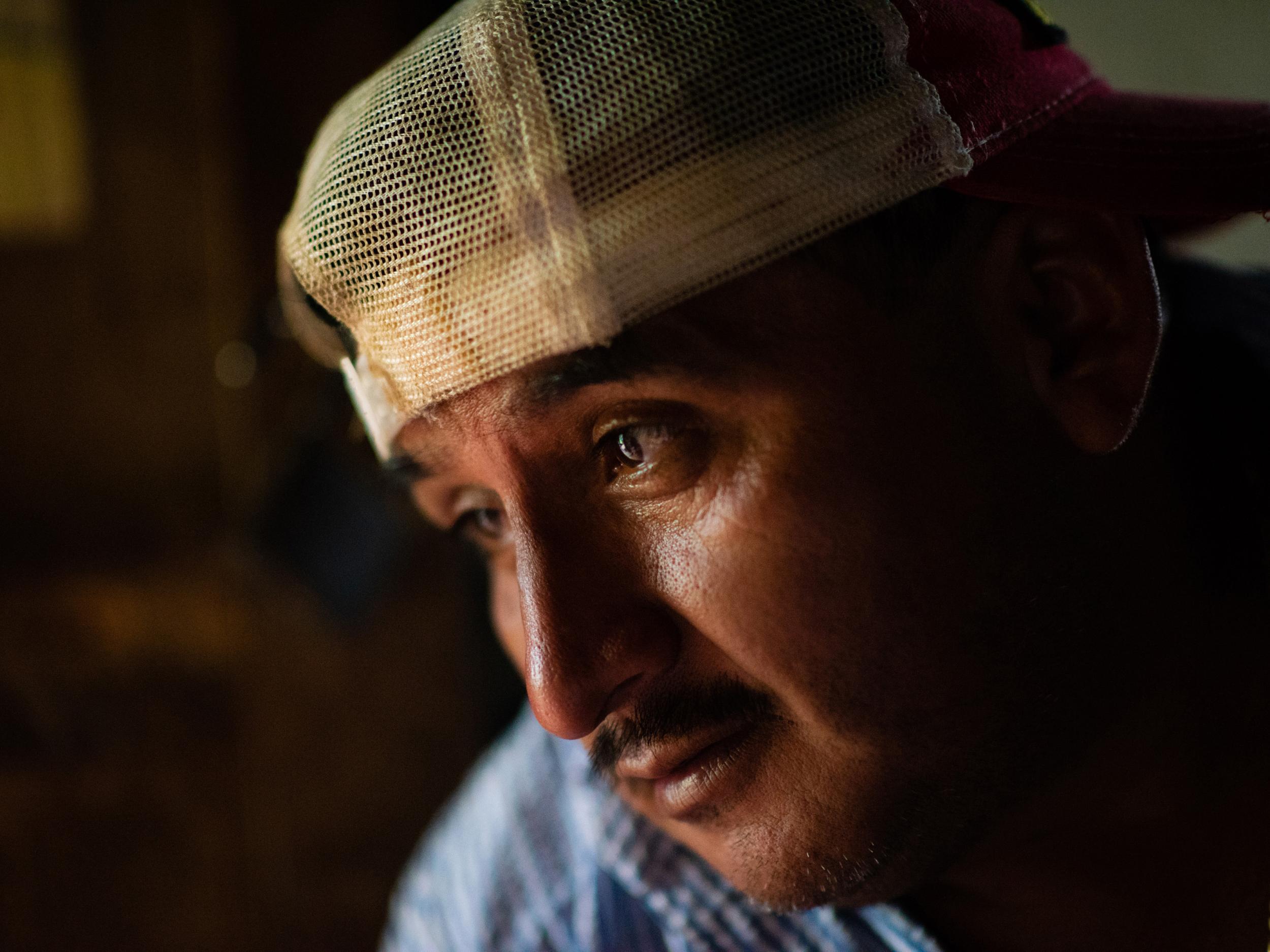
He’s not alone in making that connection. In working to combat migration, the US Agency for International Development has funded programmes to assist coffee producers. Trump has threatened cuts to those efforts. When the US’s acting homeland security secretary, Kevin McAleenan, travelled to Guatemala in May, he invited coffee growers, including Hernandez, to meet him.
The growers showed him a PowerPoint presentation, titled “Coffee and Migration”, with graphs illustrating how much farmers were losing. “I asked him what he could do about the price,” Hernandez says. Guatemala’s coffee farmers are at the mercy of one of the world’s most volatile commodity markets. Over the past two years, the price has been pushed down by the increase in cheap, mechanised coffee production in Brazil (the Saudi Arabia of coffee), the strength of the US dollar and increased production in Vietnam, Honduras and Colombia. It’s a perfect storm that has eaten away at the value of the beans even as the price of lattes and Americanos in US shops has risen.
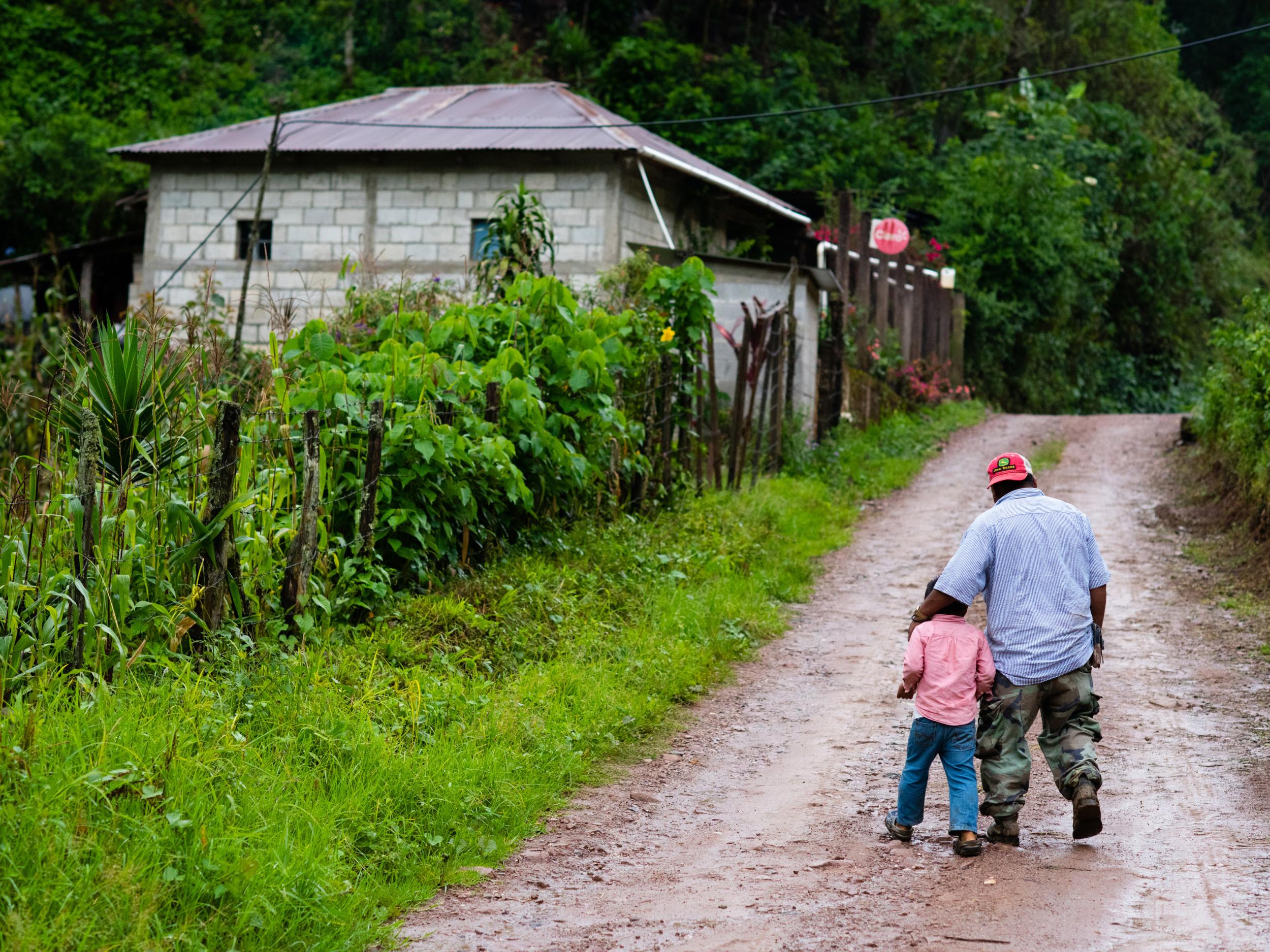
Meanwhile, production costs for Guatemala’s 120,000 small-scale coffee farmers have increased as they’ve been forced to buy chemicals to combat the growth of coffee rust, a fungus believed to be associated with climate change. These factors together have prompted a reckoning among coffee executives.
“A huge part of the migration America is seeing at its southern border is because of the falling price of coffee,” says Ric Rhinehart, the former executive director of the Specialty Coffee Association of America. “All of us are deeply concerned that we’ve reached the end of coffee producing as a sustainable livelihood for much of Mesoamerica.”
Guatemalan farmers such as Carrillo produce some of the world’s most celebrated beans. By luck of geography, his small hut sits on one of the finest coffee-growing areas in the world. The elevation, soil and rain are perfect for production. Companies such as Starbucks and other speciality-coffee brands source some of their best-known beans from the region.
All of us are deeply concerned that we’ve reached the end of coffee producing as a sustainable livelihood
One type of Starbucks coffee goes by the name of the Guatemalan department where Carrillo lives: Huehuetenango, a “balanced cup with mild acidity, balanced body and dark chocolate notes”.
But the way premium and fair-trade coffee is priced did not insulate Carrillo and other coffee farmers from the crashing prices. Certified fair-trade coffee has a minimum price of $1.60 per pound, set in 2011. However, that sum is paid to the exporting company, not the farmer. Many farmers in Guatemala received about $1.20 per pound this year. That was significantly less than their cost of production.
Representatives at Fairtrade International say they are aware of that gap, but say their members cannot easily increase their prices without losing competitiveness. “We agree that even with higher yields and quality improvements, today’s prices are too low to afford coffee farmers a decent living,” says Emily deRiel, a spokesperson for Fairtrade International.
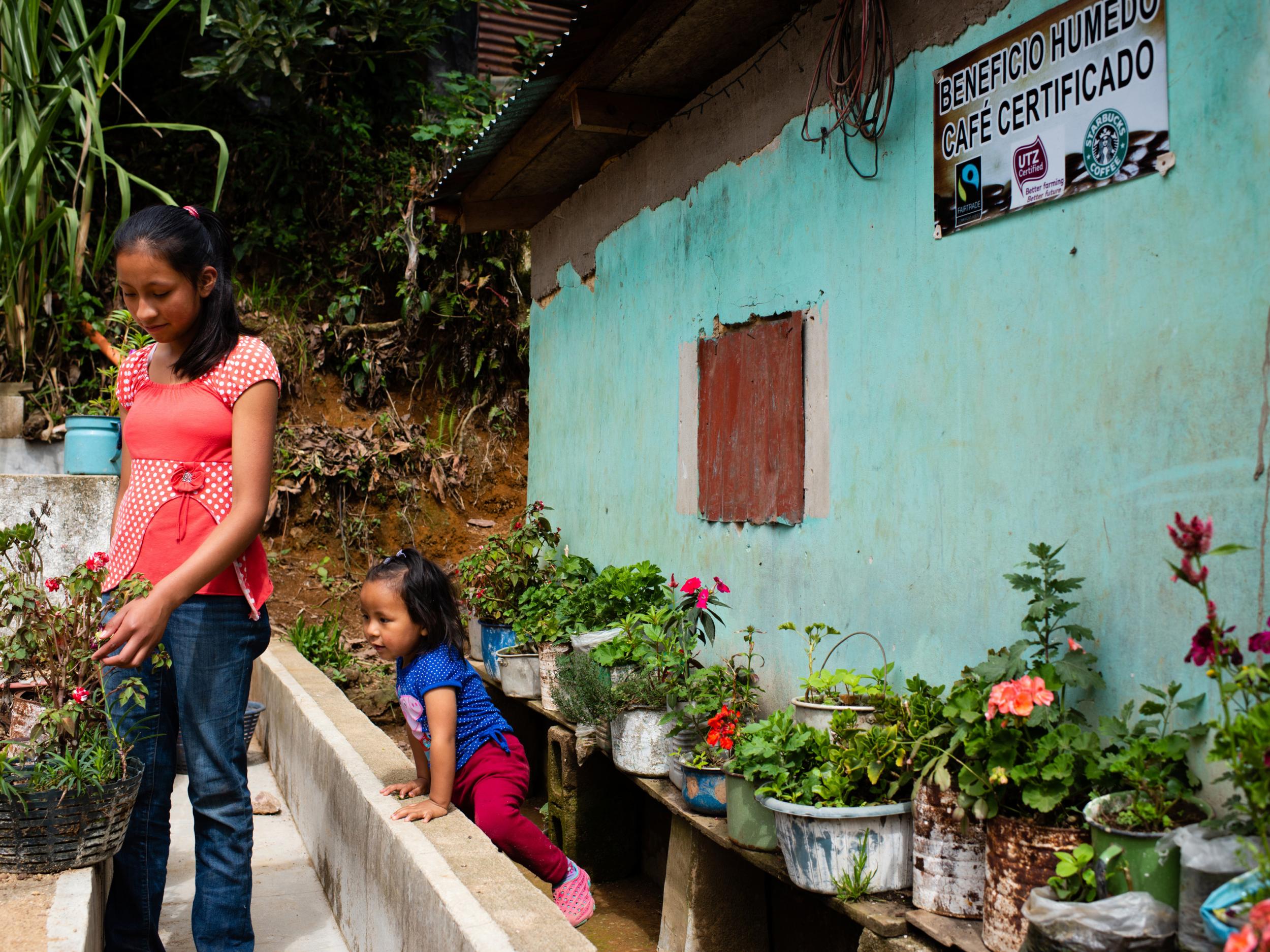
“Given the current coffee production surplus, such prices are unlikely to improve for some time, and therefore there is also risk for Fairtrade farmers if we raise the Fairtrade minimum price without others following suit,” deRiel adds. Starbucks adds a premium on top of the global market price for producers certified by its coffee and farmer equity (Cafe) practices division. Those farmers must prove they are controlling soil erosion, not employing children and meeting other standards.
Several large Guatemalan cooperatives say Starbucks paid its Cafe-certified farmers a 30 per cent premium above the global market price in recent years, including in 2019. A Starbucks spokesperson, Molly Spence, says the company cannot confirm its pricing structure, but that such a premium is “likely correct”.
Because the market price has fallen so much, farmers are still taking a loss: they have been earning roughly $1.20 per pound. Anacafe, Guatemala’s national coffee association, estimates production costs at an average of $1.93 per pound. “Even the Starbucks premium isn’t enough for these farmers to break even,” says Hernandez.
Carrillo says he has lived illegally in the United States – he worked in construction in South Carolina from 2002 to 2012. He returned to Hoja Blanca voluntarily and invested his $3,000 in savings in 60 acres of land. He spent money on fertiliser and fumigation to improve production. He got married. He had two children. “The plan was never to go back to the United States,” he says. “We didn’t think there was a need.”
In 2012, when the market price of coffee was $2 per pound, Carrillo made a nice profit. But by 2017, when Brazilian production surged unexpectedly, the price had fallen to $1.20. In May 2018, the US Department of Agriculture reported that “the fragile cost structure and depressed prices of coffee in Guatemala represent a significant risk for the whole coffee sector”.
Then came 2019 prices, with even bigger losses. Carrillo remembers telling his wife, after selling his first few bags in January: “We can’t make this work.” By then, members of the cooperative and their families had already begun migrating, using their farms as collateral to take out loans to pay smugglers.
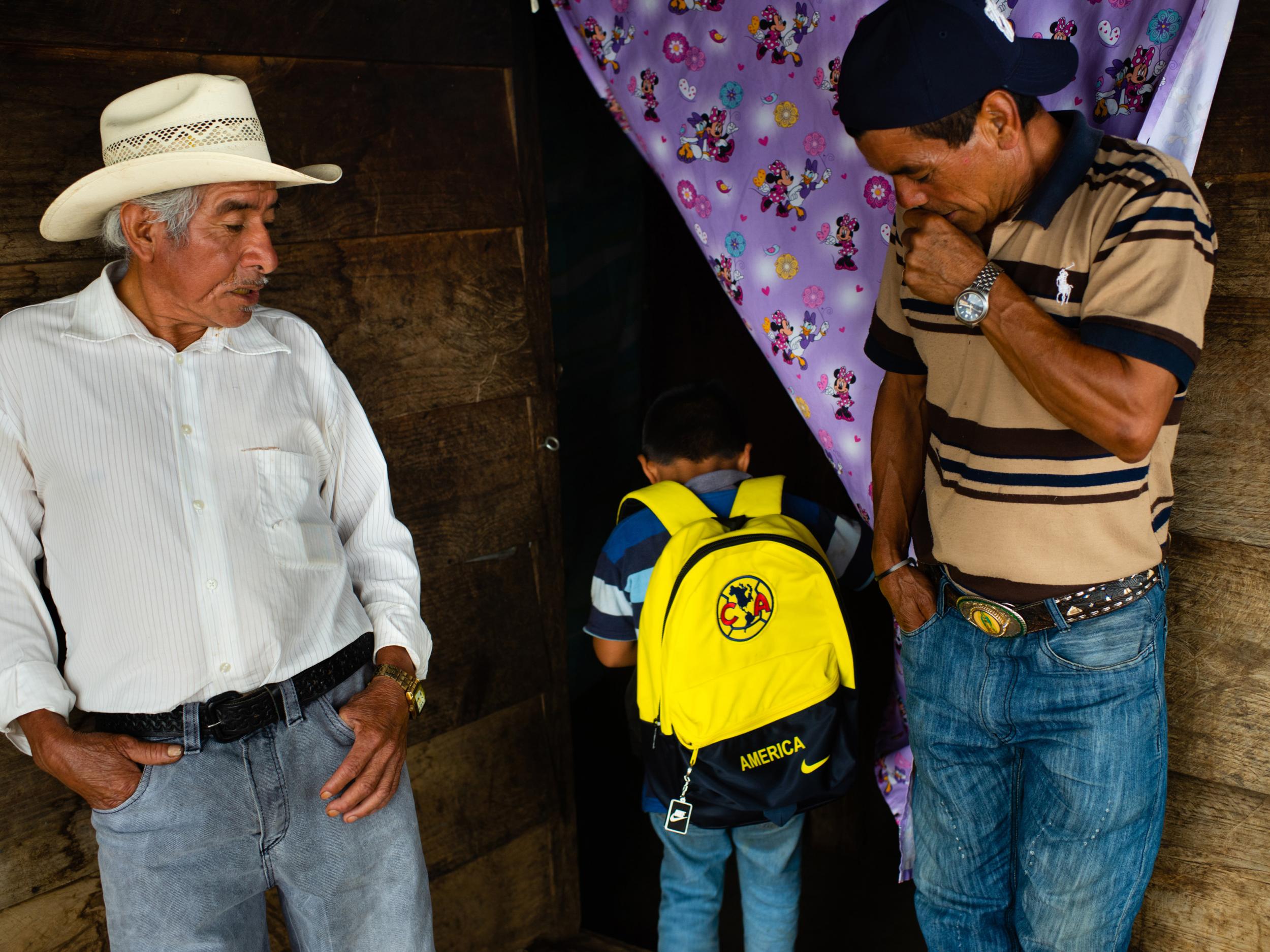
Carrillo and his wife, Marbel, started planning their own migration route. He still has contacts in South Carolina. He knows how much they could earn there – roughly $8 per hour. Marbel migrated first, with their youngest son, in March. She sends Carrillo videos and photos from her job, painting an apartment complex near Greenville.
“Hello my love, I’m leaving for work,” she texted him one morning in English. “Que inglés me salites, mami,” he wrote back. “Now you’re speaking English.” Now it’s Carrillo’s turn to migrate. He’s planning to claim asylum. He has picked out a black tie for his son to wear when they turn themselves in to the US Border Patrol. He’ll wear a new yellow backpack that says “America”.
The US-Mexico deal has had an impact on his plans. When he heard on the radio that Mexico was deploying more security forces to the border, he pushed his departure back a week. “They say they’re closing the border, so we’re waiting to see how that works,” he says. “But no matter what, we’re going.” Some coffee growers have paid smugglers. Others have joined caravans. Carrillo has chosen a different option.
They have it in their heads now that coffee is dead. They’ve given up on it.
He paid $500 to a Mexican official for a Mexican identification card with his name and photo on it. He’ll use it to transit through Mexico by bus, he says. When he nears the Arizona border, he says, he’ll pay a smuggler roughly $2,000 to get him across. Almost every member of Hoja Blanca’s coffee cooperative is now wrestling with the question of when and how to migrate.
Alselmo Garcia Tomas, 58, farms 200 acres here. He sent both of his daughters with their own children earlier this year. Abelino Hernandez Yoc, 37, owns a slope of coffee plants on the edge of the village. He left in April, crossing the border into New Mexico. He was deported in May and is thinking about trying again. Some coffee companies and nongovernmental organisations have tried to assist coffee producers, but it’s proving difficult.
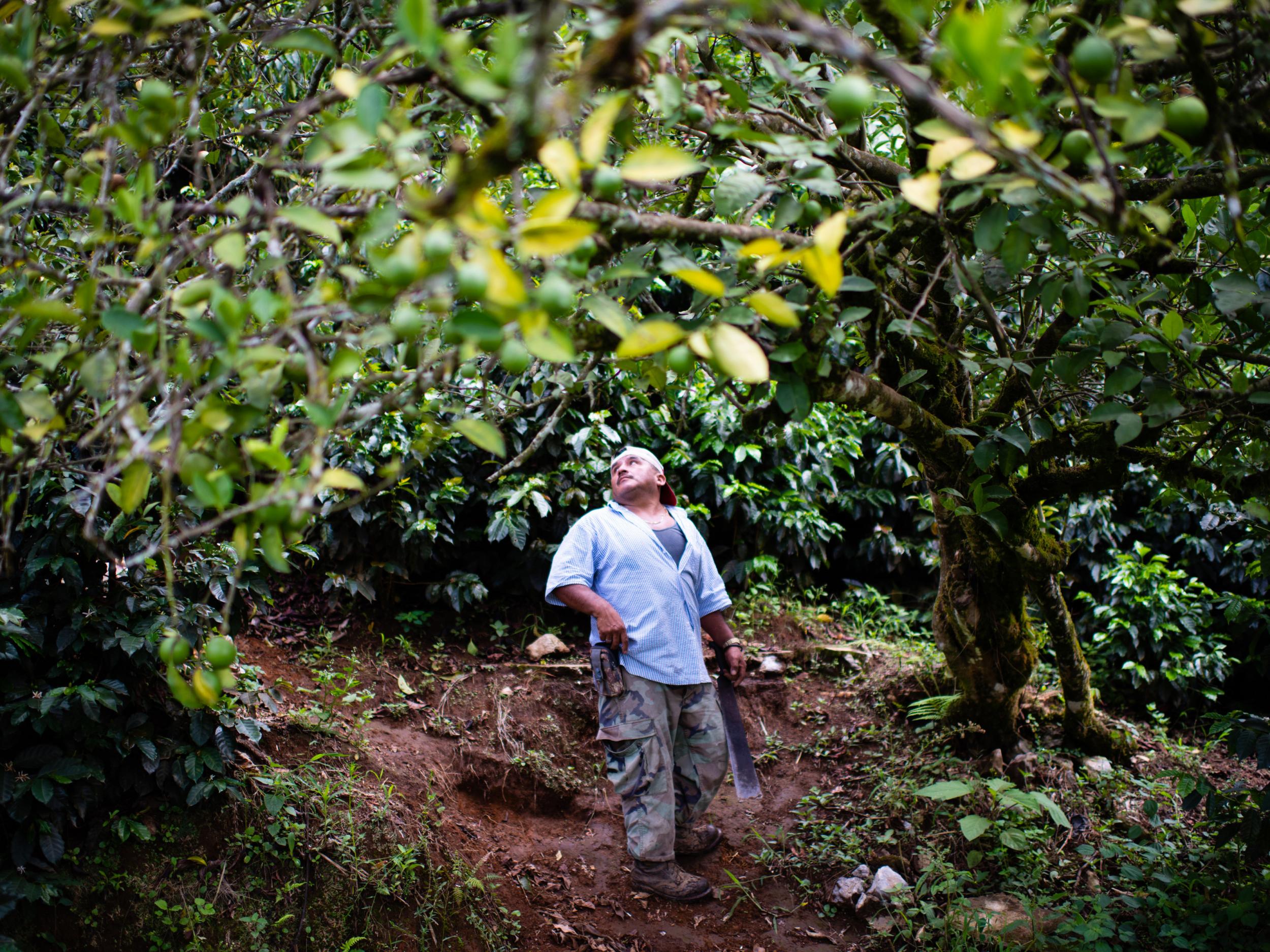
In the municipality of La Libertad, where Hoja Blanca is located, the Starbucks Foundation launched a project last year aimed at improving food security and sanitation for small farmers. One of the local leaders of the programme says 20 of the 35 participants in his group have since migrated. The leader, 49-year-old Meliton De Leon, lived in the United States in the 2000s. He saw how much Americans pay for their drinks. “The problem isn’t the price there,” he says. “It’s what they pay here.”
World Neighbours, which manages the project, and Starbucks say they are not aware of large numbers of participants migrating. Even bigger farmers, who are typically able to negotiate better prices, have seen the effect of the migration. Gustavo Alfaro, who sells coffee to Starbucks and several other American speciality companies, says half of his workforce has migrated in the past year alone.
Most of those employees are seasonal, balancing work on their own small farms with work on Alfaro’s larger finca. Their own farms are almost worthless. “I can’t convince them to stay,” Alfaro says. “They have it in their heads now that coffee is dead. They’ve given up on it.”
© Washington Post
Join our commenting forum
Join thought-provoking conversations, follow other Independent readers and see their replies
Comments